Name Daniele Buetti | ||
Daniele buetti it s all in the mind
Daniele Buetti (born 1955 in Fribourg) is a Swiss visual artist working in various media, principally installation and intervention. His work includes photography, video, sound, drawing, sculpture, and digitally assisted work. Since 2004 he is professor at Kunstakademie Münster. He lives and works in Zurich and Münster.
Contents
- Daniele buetti it s all in the mind
- 2003 Reality Illuminated ITA
- Breakthrough
- Philosophy
- Artistic Practice
- Flgelkreuz 1989 1994
- Looking for Love 1996 2001
- Dreams result in more dreams starting 2000
- The American Freak Show 2003 2009
- Current Work
- Solo Exhibitions Selection
- Monographs
- Others
- References
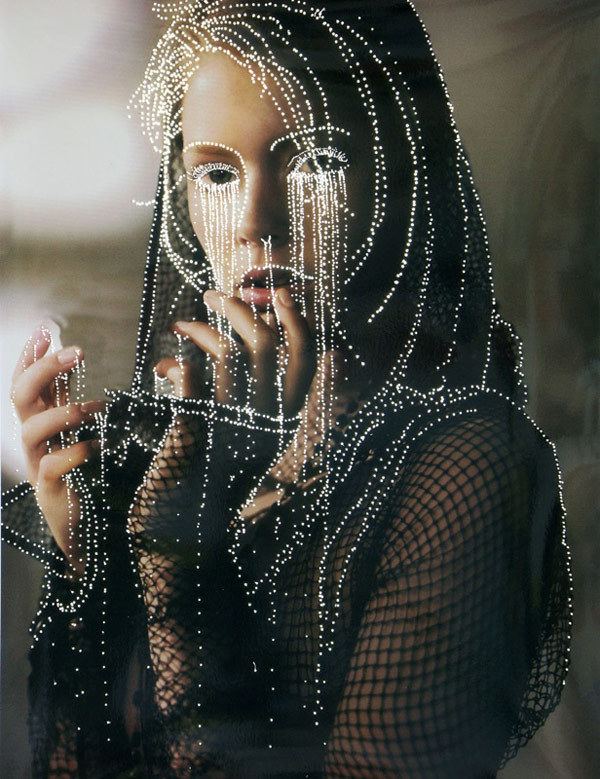
2003 - Reality Illuminated ITA
Breakthrough
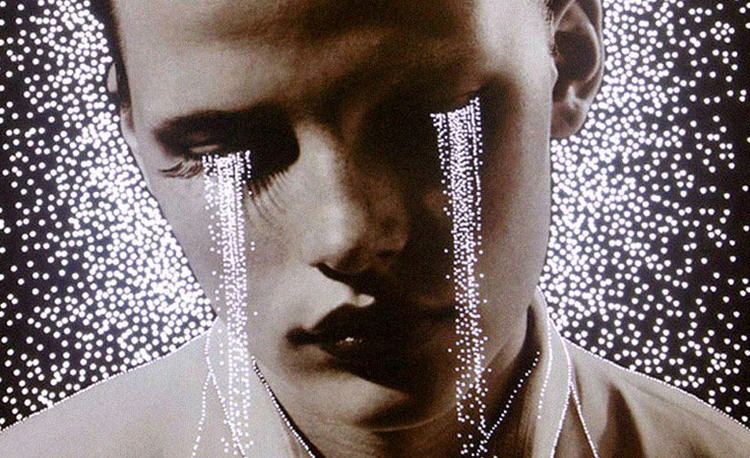
Daniele Buetti became internationally known in the 2000s with a major group of works entitled Looking for Love. The first installations of this name were large pinwalls, consisting in clusters of manipulated images of glamorous models from fashion magazines taped to the wall. The result is reminiscent of a teenager’s room, covered in posters and cuttings of his or her favorite pop-stars and heroes. The mainly color images, all of different format, feature glamorous models; these are treated by the artist with pseudo tattoos and scarifications, raising issues of beauty and individuality, but also of pain, and loneliness.
Philosophy
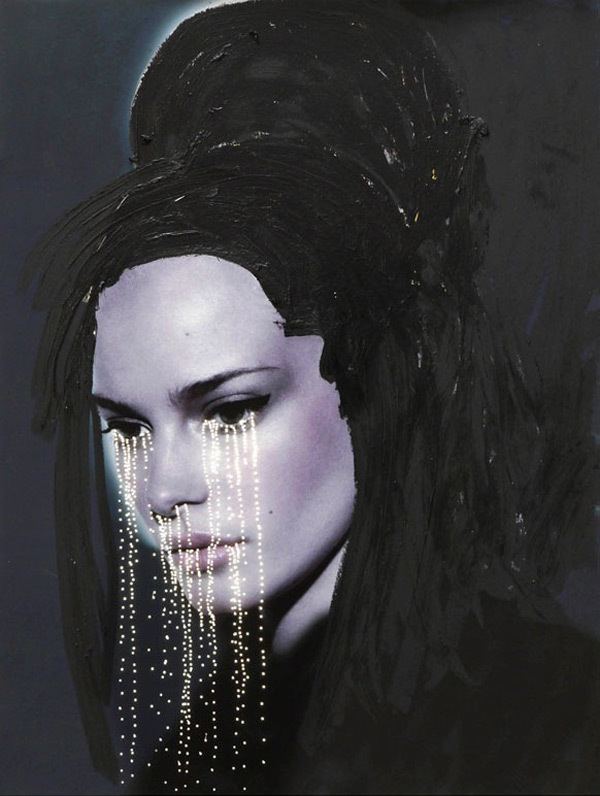
The nature of reality and the function of our emotions is Buetti’s ongoing concern. His scenarios use the language and tools of visual seduction, familiar to us through our exposure to advertising and the media. Thus, the artist initially conveys us to a world of apparent desirable happiness and fame. Buetti, however, looks behind the curtains of high-gloss limelight to reveal the frailness of appearances, together with the anxiety and insecurity behind an immaculate façade. He equips his beauties with speech bubbles for them to express unspoken, very personal feelings, far from their consumer appeal. We are led to reflect on our own emotional experience of the close and infinitely precarious, but also emotional relationship between appearance and reality, exaltation and despair. The artist’s relationship to sentimentality is ambivalent: on the one side, he has a certain pleasure in succumbing to the magic of passion; on the other side he painfully discloses the mechanics of emotions. He guides the viewer into familiar mental spaces by awakening long felt desires. Buetti avoids postulating any kind of judgment: it is up to the viewer to let the image infiltrate his or her emotional world. Does the image create reality, or is it the other way round? Buetti’s images are subtle in that they are quite obviously fakes with a pretence to reality: when he sets up On All Knees in the Helmhaus in Zurich (2003) – where the whole interior of the building would seem to have been dragged out from some universal cataclysm – the suggested catastrophe is a convincing physical experience and yet clearly set-up in the sense of a walk-in film set. The Helmhaus piece is a chapter from the series Romantic World: Buetti openly acknowledges his empathy for romantic forms of expression, individuality and existentialism. However powerful the detailed images of the intervention may be, it is only in experiencing them in situ that the viewer can be absorbed in their awe and feel the full discomfort of their impact.
Artistic Practice
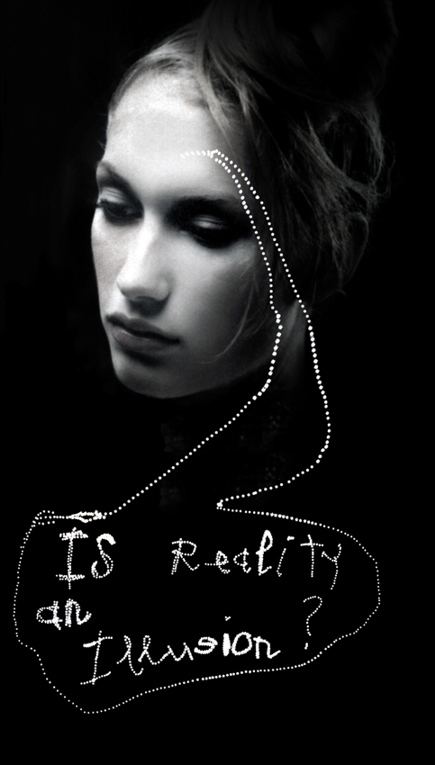
Buetti develops his work complexes during a number of years, exploring issues in a medium adapted from popular culture, specifically created for the subject. The header-name given to each work complex is an integral part of the piece; usually in English, it follows basic laws of global accessibility. Once Buetti feels that a particular area of concern has been completely exploited, he moves on. Sensitive to mass culture and headline issues, he subsequently builds up new aesthetic strategies for a campaign including new paradigma of what makes the world turn. Withih this diversification of expression, his themes remain closely related. Characteristic of his work is a choice of unsophisticated materials and techniques: his practice includes cardboard, tape, wallpaper, party lights and decorations, household paint and the use of on-site situations. His source material he often finds in newspapers and magazines; It can also be inspired by TV series or movie films. The use of popular images enables the viewer to access his work on an emotional rather than an intellectual level. His visual catalogue of concerns touches on fashion, football, cataclysms, terrorism, beauty, love, death, religion, to mention only the major themes.
Flügelkreuz 1989-1994
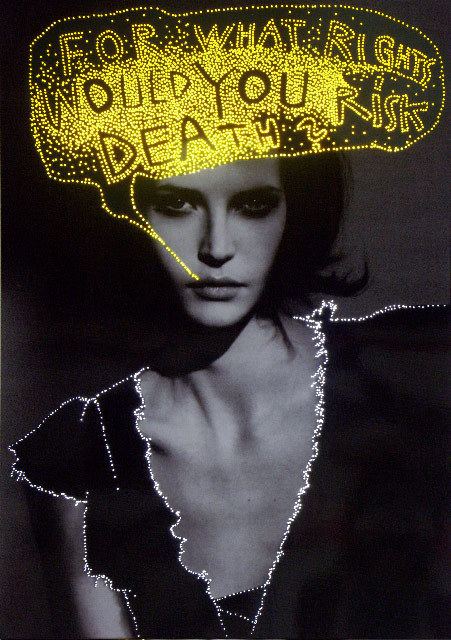
In the early 1980s, a first major body of work reflects on universal symbols and signs from everyday life: arrows, crosses, circles, and mathematical equations. He subsequently develops his own standardized logo, the Flügelkreuz [Winged Cross] and goes to ends to prove its universal and essential character. The Flügelkreuz is a shape that the artist derives from the very core of life – in plant seeds and leaves – it is also reminiscent of a heart. It then becomes a standardized wall-object in its own right, the semantic carrier of a message such as love and hate. In a relentless research project on the scope of the Flügelkreuz, Buetti uses it as a label for socks and clothing, that he himself sells at a stand on a local weekly market. The irony of the “artwork” is that it is sold at the value of the item. Once the label is cut off, the art-socks are nothing more than regular socks. In a final action with the Flügelkreuz, Buetti acts as a lonely salesman, desperately promoting his own logo fixed to the end of makeshift props, reminiscent of political banners and a minority fight for an essential cause.
From displaying Flügelkreuze cut-out from cornflake boxes in the Paris underground, and thus directly confronting himself with the experience of a peddler, he proceeds to offer 1 $ mock tattoos of multinational brand-names such as Sony, Goodyear, or Exxon to passersby on the streets of Manhattan. The Good Fellows could comfort the wearer of the tattoo as to the security of the partnership, until “death do us part.” The euphoria of global expansion of the 1980s has currently dispersed, but the large format tattoo-photographs in the Good Fellows series coin with acute precision the power-image of multinational corporations versus the only too human and vulnerable male bodies in their attempt to take part in the race to fame.
Looking for Love 1996-2001
From there, he transfers the idea of the tattoos to the female world of glamour, using iconic models from glossy lifestyle magazines as carriers of partly disfiguring and partly enhancing, individual scribble tattoos. This disturbing scarification is in fact the result of a simple manipulation with a ballpoint pen on the back of the image. When re-photographed in the right light, whatever is scribbled on the back of the image appears in relief on the skin, presenting the illusion of a tattoo. Buetti uses the power of seduction of the original image to secure a place to his statement; the addition of a personal and unexpected layer of reflection disturbs the unblemished aura of the beauty model to a point that some viewers, disappointed in their initial expectations of light entertainment, have to turn away. Glamour and the abyss of the other side of the coin become a central theme; tears, blood, desperation reveal the vulnerability of our otherwise flawless superstars. Buetti operates a deconstruction of the world of glamour and stars in allowing us to join them on the stage with all our idiosyncrasies. In a further step, selected protagonists from a fashion or lifestyle magazine are given speech bubbles to express their intimate thoughts.
Dreams result in more dreams (starting 2000)
In order to convey the enchantment of the glamour world, Buetti chooses to add light to his appropriated photographs: most simply and with great effect, he punches a pattern of holes into the image, thus allowing fluorescent tubes to literally make it shine from behind. The first of these room-filling installations featuring personal shrines to a universal desire come from a background related to fluxus; in later versions, Buetti develops standardized lightboxes, reminiscent of modern electronic advertising found at airports and bus stops. Some key statements feature alone; they have been detached from their glamorous speaker and the text would seem to be spoken by the viewer: "Wish you were here" or "Take me home" are typical of our yearning for a loved one; but the artist also encourages us to address psychological and philosophical issues such as "Do not follow me – I’m already gone", "Does it damage us psychologically when we destroy something we find beautiful?", "Which role does desire play in art?" or finally "Is there a ‘true’ nature?".
Large installations can be combined with looped videos, soft wizardly music, or also changing light effects, suggesting the nostalgia and bliss of happy childhood days.
The American Freak Show 2003-2009
With the turn of the century and the panic following 9/11, our media-influenced perception of the world is dominated by fear, together with an abandon of the post-1960s critical understanding and a subsequent revival of dominant monotheist religions. Major stimulants for this development are: terrorism, the destruction of our planet due to global warming, the threat of pandemics, tsunamis, great floods, and the awareness that civilization seems to be doomed to auto-destruction. In reaction, Buetti develops his own medial reflection and his work is increasingly concerned with the abstruse, the morbid, and the grotesque inadequacy of our feelings versus these issues. He focuses on the beauty of disaster and the shock of reality surpassing even the most extreme horror fantasies of fiction. This in turn leads to a change in the protagonists: from beautiful fashion models, Buetti turns to deformed freaks, masked tragic clowns, and grotesque figures seemingly immerging from a godforsaken planet, deeply marked by catastrophe. But however repulsive these figures are, they find our empathy for their forlornness and genuine, if pathetic desire for love and warmth that we have all felt more than once in our lives. More often than not, it is the artist himself who impersonates the grotesque, personally validating his points of view and simultaneously catching on to his performances of the early years.
Current Work
Buetti’s concern for the "comedie humaine", the metaphor of proliferating growth as evil and light as savior, naturally leads to an interest in metaphysical powers and beliefs, and the attempt to visually transcend the rift between reality and appearances. Religious symbols and spiritual powers offer the illusion of healing with the innocence of a child. Buetti’s language is totally genuine and credible: he ingeniously delights in everything bright and beautiful, and suffers physically from the dark side of life, taking catchwords such as the sublime and the cruel, anxiety and loneliness, but also love and desire most literally.
In 2008, he creates a psychic and physical space under the ambivalent title Maybe You Can Be One of Us (Recklinghausen). The intervention takes up all three levels of the Kunsthalle, a former railway-station bunker. Both lower levels are threateningly empty; the atmosphere is loaded with an echo of the sound of some machine, together with the intermittent noise of what could be interpreted as gunshots. Erratic black balls menacingly come bouncing down the stairs, creating a pattern of black marks on the walls, the thudding echo of which is more and more discernable, the higher we get in the building. On the third floor, we then discover the machinery that is at the source of our discomfort: five ball catapults, in a random set-up. Even though we identify the machines as harmless compared with our growing apprehensions, they are still physically dangerous due to the speed of the balls. The installation is charged with the violent aggression daily served up to us by the media; the person, who enters the space has no choice but to reflect on the emotional effect of the experience.
Light in holes
